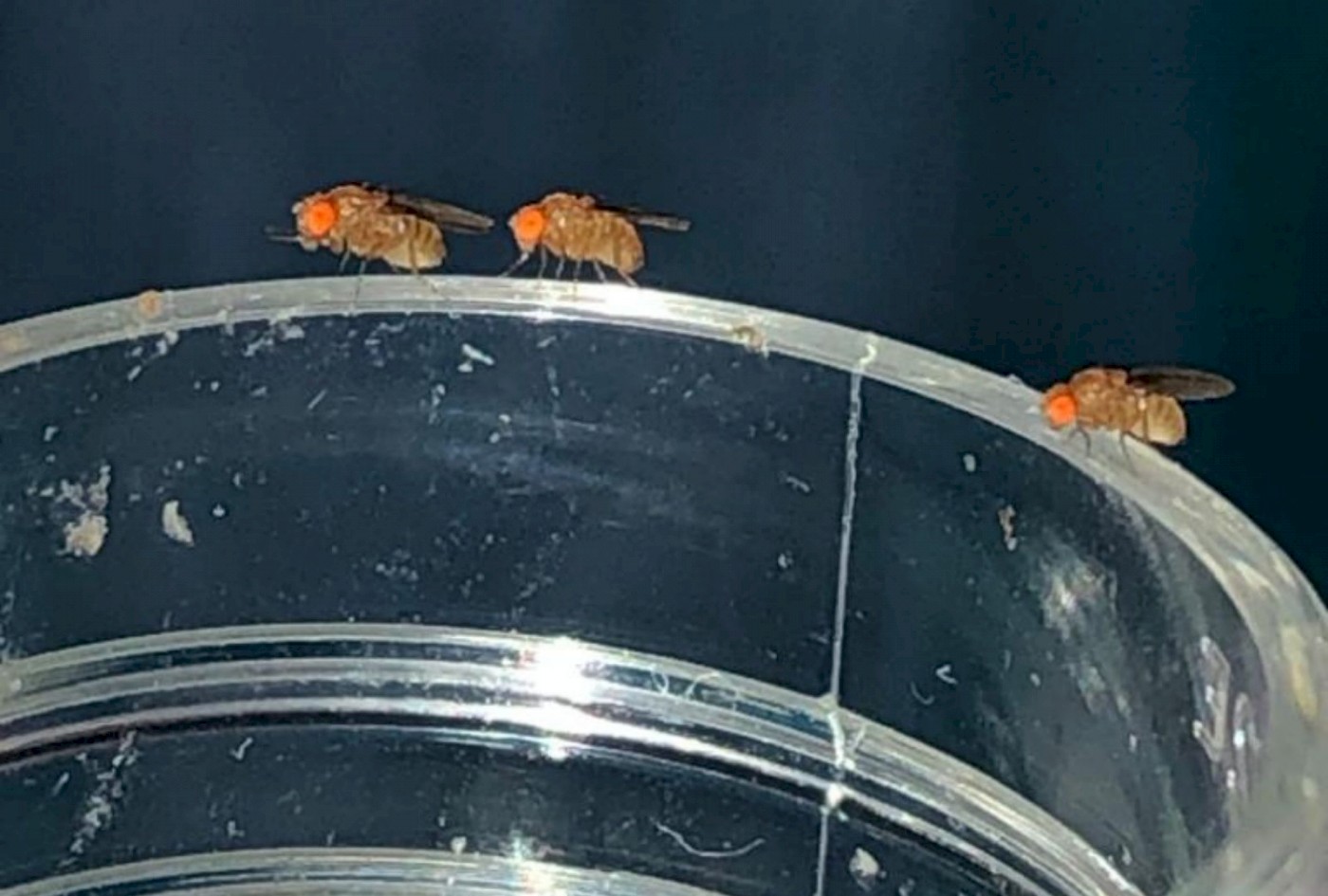
An interesting study carried out by evolutionary biologists of three eminent global universities - Stanford University, the University of Pennsylvania and Ahmedabad University - on the time scale of evolution is set to question the way we look at change.
This article authored by Professor Subhash Rajpurohit first appeared in The Hindu, April 3, 2022.
Direct Observation of Evolution in Ecological Time Scales
Have we grossly underestimated the pace of evolution? That was a question that we sought to answer with our 2014 study on dynamic adaptation in fruit flies. The premise was: If adaptive tracking did occur in populations experiencing rapid environmental change, it would alter our understanding of the importance of evolutionary change for ecological outcomes. Thus began a large-scale research initiative spread over eight years by evolutionary biologists across three eminent universities.
The study, Direct Observation of Adaptive Tracking on Ecological Timescales in Drosophila, which we, as biologists from Stanford University, the University of Pennsylvania and Ahmedabad University, have co-authored has been published in the March issue of Science (The Sciencefamily of journals is published by the American Association for the Advancement of Science (AAAS), the world’s oldest and largest general science organisation. The non-profit AAAS serves 10 million people through primary memberships and affiliations with some 262 scientific societies and academies.)
It is an unparalleled study that has broken down older concepts of evolution being a slow process occurring over a longer period of time. We now have evidence that the change is actually happening faster than we ever thought and that not all evolution happens due to habitat destruction or invasion or pollution. It establishes that evolutionary changes happen quickly and that you can track these in real time – within a single seasonal turn in a year. It’s that rapid.
Taking fruit flies (Drosophila melanogaster) as the sample, we began a large-scale controlled field experiment in Pennsylvania for four months from July to November 2014. What we did was directly measure phenotypic and genomic evolution in response to natural seasonal change across 10 independent replicate field populations (mesocosms), each comprising up to 1,00,000 fruit flies. This study was vastly different from the ones done earlier to track adaptive changes in shorter time spans. The population size and replication in our study were the distinguishing factors. We conducted a large scale research to ensure accuracy of results. Replication was also of utmost importance to establish our premise. Which is why not only was our sample size large but we also had 10 replicate cages (mesocosms), each of which gave phenomenally comparable results.
In these mesocosm cages, the fruit flies experienced the same seasonal changes - heat, rain, cold, they had the same food, and were exposed to the same predatory conditions. Changes were then observed in six phenotypes related to reproductive output or stress tolerance. We sampled individuals from the original population, and 2500 eggs from each cage at the first four time points of observation were used for full-genome pooled sequencing to measure genomic change over time. Population dynamics were largely consistent among the replicates; with population size increasing sharply during summer, peaking in early fall and then declining steadily as minimum daily temperatures declined in late fall. Egg production showed a similar pattern while overall egg to adult growth was low.
What was deeply satisfying was that in the replicate cages too we got comparable outcomes. That showed without a trace of doubt that the study was successful. Eminent evolutionary biologists Professor Ary A Hoffmann from Melbourne University, Australia, and Professor Thomas Flatt from University of Fribourg, Switzerland, wrote a perspective piece in the same issue of Science about this study. Both equally vocally appreciated this large study and gave a historical perspective around this long-standing problem in evolutionary biology.
A study as large as this has manifold outcomes. Firstly, in understanding the field life of fruit flies a little more which will have a large impact on our basic understanding of evolution. We hope to see parallel reports in other taxa over the years (that is, observable evolutionary changes in ecological time scales). Also, biologists could better predict the future of species experiencing rapid changes in climatic variables. More work needs to be done on these lines. And finally, this study raises several interesting questions around species conservation efforts. Do populations with large standing genetic variation turn out to be more successful in handling changing climate and others not?
Please check out EEE Lab at Ahmedabad University for more on these lines.
About Subhash Rajpurohit
Professor Subhash Rajpurohit is an ecological and evolutionary physiologist interested in understanding fundamental questions around spatiotemporal variation, metabolic ecology and rapid adaptations. He is currently the PhD Programme Chair for Biological and Life Sciences, School of Arts and Sciences, Ahmedabad University, where he teaches evolutionary biology and research methodology. He uses experimental evolution to study how physiological systems function and evolve under defined conditions. His lab ‘EEE Lab’ (Experimental Ecology & Evolution Lab) hosts a resource on Indian Drosophila.